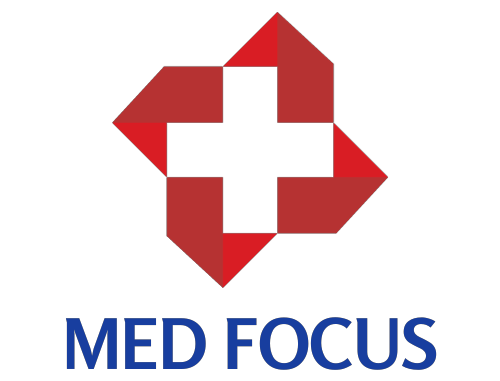
Understanding Health Literacy: The Key to Informed Choices
Health literacy is the foundation upon which patient education rests. It goes beyond merely understanding medical terminology; it encompasses the ability to access, comprehend, and apply health information to make informed decisions. Individuals with high health literacy are better equipped to manage chronic conditions, adhere to treatment plans, and engage in preventive health practices.
The Benefits of Health Literacy
Health literacy has far-reaching benefits for individuals and communities. It empowers patients to actively participate in their healthcare, leading to improved treatment adherence, better health outcomes, and reduced healthcare costs. Moreover, it enhances patient-provider communication, fostering stronger therapeutic relationships built on trust and understanding.

Strategies for Enhancing Health Literacy
Several strategies can enhance health literacy and the effectiveness of patient education. Clear and accessible health information materials, written in plain language, are essential. Healthcare providers also play a pivotal role by using empathetic communication and ensuring that patients comprehend their diagnosis, treatment options, and self-care instructions.
Leveraging Technology and Resources
In the digital age, technology offers innovative ways to deliver patient education. Online resources, mobile apps, and telehealth services provide individuals with convenient access to health information and support. These tools can help bridge gaps in understanding and provide a sense of empowerment.
Community-Based Initiatives
Patient education should extend beyond clinical settings. Community-based initiatives, workshops, and health literacy programs can address specific health issues within local communities. These initiatives empower individuals to make healthier choices and navigate the healthcare system effectively.

Educational Partnerships
Collaboration between healthcare providers, educational institutions, and public health organizations is crucial for comprehensive patient education. By combining efforts and resources, these entities can create educational programs and campaigns that promote health literacy on a broader scale.
Conclusion: A Healthier, Informed Future
In conclusion, patient education is a dynamic force that improves health literacy, empowers individuals, and transforms healthcare experiences. With clear communication, accessible resources, and innovative technology, we can equip individuals with the knowledge and skills they need to make informed choices about their health. Ultimately, patient education is the pathway to a healthier, more informed future, where individuals actively engage in their well-being and contribute to better health outcomes for themselves and their communities.
Kindly visit themedfocus.com for additional advice and recommendations about attending medical school. If you're seeking a trustworthy internet source, please check out the whole medical school package at the URL below.
https://themedfocus.com/products/the-complete-med-school-bundle

